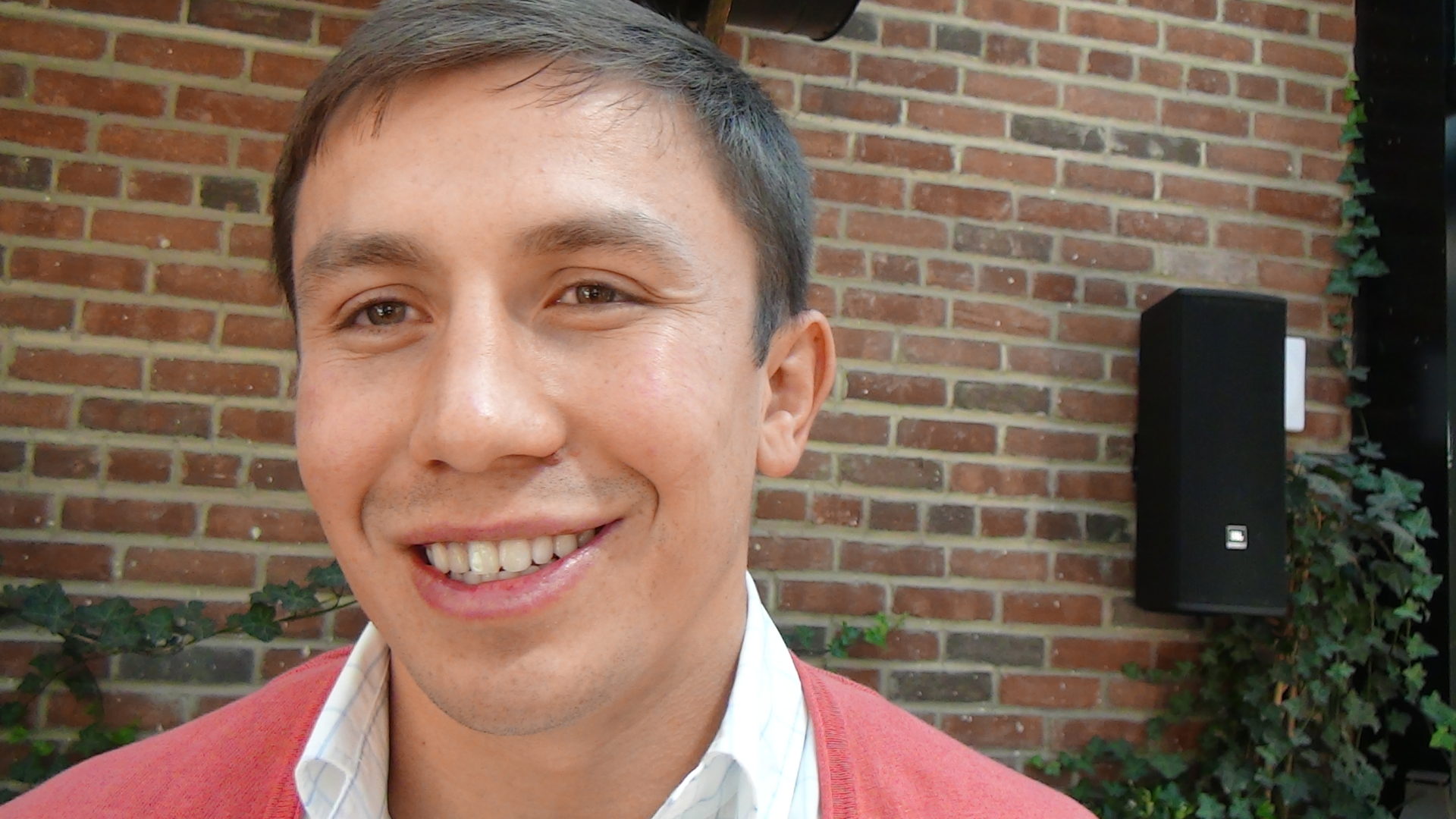By Bart Barry-

HOUSTON – Saturday this city’s largest art museum previewed for its members a fall exhibition, “Monet and the Seine,” that is unimpressive. Composed of middling efforts by the French Impressionist master, canvases from sundry places, some painted in cottoncandy hues and some deeply indebted to others’ influences and one so pedestrian Monet himself misdated it, this exhibition is wisely hidden across the street from Museum of Fine Arts, Houston’s impressive permanent collection and the much better exhibition space and exhibition, “The Age of Impressionism,” through which the museum began its year.
Very much can be gathered about a master on a bad day, and seeing Monet’s lesser interpretations of his favorite French river serves to emphasize the transcendence of his best treatments of water, and water lilies – confirming his mastery absolutely. The disappointing exhibition and what mood it spawned, though, did, as it happened, mark an appropriate place for contemplating the coverage of Gennady “GGG” Golovkin’s recent victory over Marco Antonio Rubio and inevitable February victory over Martin Murray.
My colleague and friend Norm Frauenheim once wrote: Undefeated is untested. This evaluative approach appealed then and appeals still for a couple reasons: First, it delays declarations of greatness about modern fighters for a very long time indeed, and second, it encourages prizefighters to take increasingly larger risks before they can be called great.
In many senses this city, largest in Texas and fourth-largest in the country, was undefeated in my mind going into the weekend. But with the disappointment of its Monet exhibition, other disappointments began to arrive in the form of questions: Why does such a wealthy metropolis have grass growing in the middle of its surface streets and roads patchy enough to make a drive to its Museum District akin to off-roading? Why do bearded 130-pound boys who drive expensive German automobiles on those unkempt roads initiate collisions with much larger men in supermarkets? How can so many people in the Gulf’s velvety October air be so plainly miserable? Why is nearly every good downtown restaurant closed on Sundays?
Challenges beget defeats. Defeats beget more challenges.
While a heavyweight prizefighter, conceivably, could run through all competition and remain undefeated through a great career – one in particular springs to mind – it is nearly impossible for any smaller man. By remaining in weight classes long since scrubbed by himself or others, a prizefighter may have a profitable career, he may even make it in the hall of fame, but he will not be invited in conversations about all-timers by historians from generations after his own.
This thought came to mind a couple Saturdays ago while watching the Kazakh middleweight titlist Golovkin, whose entire career has happened at 160 pounds, dismantle another challenger, the Mexican Rubio this time, without a prayer of beating him. The straining by Golovkin’s print and television publicists to crown GGG a ticketseller was unseemly. HBO viewers were told of Golovkin’s record sales – in excess of 9,000! – at the former Home Depot Center tennis stadium in Carson, Calif., now named StubHub Center, and incredibly enough, Oscar De La Hoya was trotted out as an also-ran in the breathless comparisons. A little perspective: De La Hoya did not fight in the tennis stadium but rather the immense soccer stadium beside it – you may have seen it as an absence during the telecast, when HBO’s aerial view of the tennis stadium’s beacon revealed a sizable black hole on the left that made the tennis stadium a sparkly boutonniere on the lapel of a dark suit jacket – a venue at which, immediately after his loss to Floyd Mayweather, De La Hoya sold 300-percent as many tickets as Golovkin just did.
While we’re on the subject of De La Hoya, let’s treat briefly the “Golden Boy’s” career as a range of weightclasses to which he’d migrated by the time he was Golovkin’s age: lightweight, junior welterweight, welterweight, junior middleweight, middleweight – representing a 25-pound increase. Say what you will of De La Hoya’s sincerity and business acumen, but he challenged himself a hell of a lot more by his 32nd birthday than Golovkin has. Other comparisons? Sure. Roy Jones Jr. had covered three weight classes by the time he was Golovkin’s age: middleweight, super middleweight and light heavyweight – representing 15 pounds – and fans were so disgusted by Jones’ cashing HBO checks without challenging himself they staged a “Roycott.” Floyd Mayweather Jr., before his 32nd birthday, had gone from junior lightweight to junior middleweight, representing 24 pounds, and aficionados remain furious about the fights he did not make.
It says here if GGG were a flashy black prizefighter or pretty Latino, and not a Central Asian with a face easily confused for a suburban schoolboy’s in America, yesterday’s Roycotters would demand his next match be with the winner of November’s Bernard Hopkins-Sergey Kovalev match, not Martin Murray.
How dare you, sir, imply any of this Golovkin media mania has ethnic underpinnings!
You must be kidding.
Golovkin appears to be an exceptional talent, yes, but his promoters are beginning to protest too much about a dearth of viable opponents. While most of the men who spent their careers at welterweight and junior middleweight are understandably hesitant about being bludgeoned by a larger man for short money, one increasingly wonders what precludes Golovkin from moving to higher weight classes, what precludes his making an exceptional match with, say, super middleweight Carl Froch?
Because Froch, too, is afraid of . . . don’t even complete that sentence. Froch’s willingness to fight is beyond doubt, and if he becomes unwilling to make a match with Golovkin it will be for one reason only: money. This is the sort of problem HBO is uniquely empowered to solve. Instead of showing 1 1/2-percent of American households a 60-to-one mismatch wrapped in a hyperbolic banner about bringing 9,000 (of 16 million) folks in Greater Los Angeles to a tennis stadium, within months of Froch putting nearly nine times that many fans in a London soccer stadium, HBO ought to use what leverage it still has to make Froch an offer he likes, and show us how Golovkin acquits himself in a test.
Bart Barry can be reached via Twitter @bartbarry











